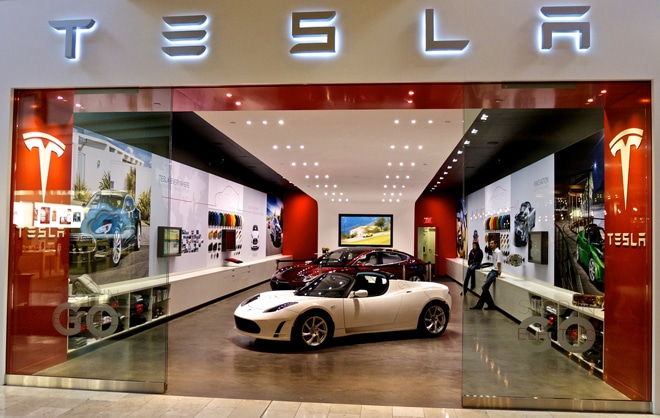Tesla Motors’ valuation surged past industry heavyweight Ford last week. The company is now worth $50 billion and lost nearly $675 million last year on shipping 76,000 vehicles. Ford, meanwhile, shipped over 2.6 million vehicles and earned over $4.6 billion that same year. Investors have a simple explanation for what justifies the premium – data.
Most people would consider Tesla Motors’ sleek design and technical prowess its biggest advantages. But that’s just the tip of the iceberg. When it started integrating Autopilot hardware in every car produced since October 2014, it also started collecting a valuable commodity – data.
Since 2014, Autopilot-enabled cars have collected more than 1.3 billion miles of data. Real-world data collected from the car’s perspective could prove to be a clear advantage as the world moves towards a fully autonomous road network.
[pullquote]This puts Tesla ahead of the competition from Uber, General Motors, and Google.[/pullquote] While Uber and Google are still trying to get permission to test self-driving cars, and General Motors has only ever tested its autonomous cars in controlled environments, Tesla has been collecting actual user data. Tesla is in a unique position as a carmaker to be able to roll out new technology without having to go through rigorous testing phases.
Of course, Tesla cars aren’t fully-autonomous like the ones being tested by its rivals. It can change lanes automatically and parallel park by itself, but the company continues to stress that drivers are still in charge. They’ve asked every Tesla owner to keep their hands on the wheels at all times. However, there’s no doubt some owners may take Tesla less seriously and ignore these safety precautions altogether.
Tesla is putting bleeding-edge technology into devices owned by people who are fiercely loyal to the company’s products. This has allowed CEO Elon Musk to expand operations and create jobs at a relentless pace in several industries. There’s a need for aerial lift operators, factory workers, and software engineers, every time the company expands its roster of innovative products. This potential job-creation gives the company leverage while negotiating with state authorities and regulators.
There’s no doubt autopilot isn’t ready for prime time yet. When Uber’s self-driving cars started cutting across cycle lanes in California, they were quickly taken off the streets. Industry experts warn that the sensors and algorithms have a long way to go before they can drive safely.
Self-driving algorithms won’t be perfected for another two decades at least. The only thing algorithms need to improve is better data. Considering Tesla vehicles have been out in the real world gaining experience it’s easy to see how the algorithm will eventually improve.
The cars cleverly collect every bit of data, everything from the temperature to the position of the driver’s hands. This data is collected in stealth-mode when Autopilot is disengaged. The company uses the data to improve its algorithm and send out updates over the air. All Teslas are updated wirelessly with the latest safety and self-driving features.
Overall, Tesla is clearly ahead of the game. While most car manufacturers and tech companies have ruled out fully autonomous cars until after 2020, Tesla promises to demonstrate a cross-country autonomous road-trip by next year.

COMMENTS